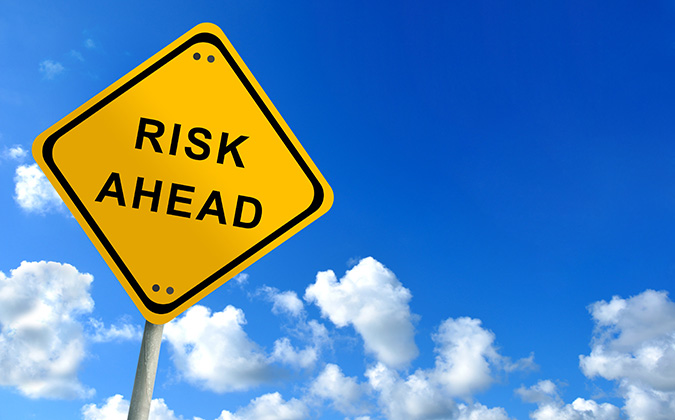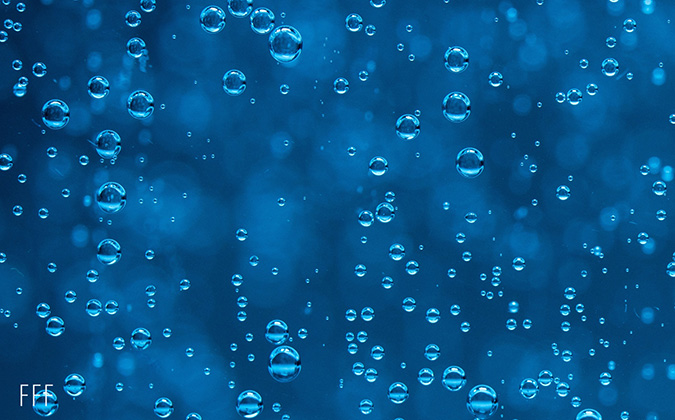
Why prophylactic use of antibiotics poses a problem for aquaculture
Aquaculture needs to change its “widespread and unrestricted” use of prophylactic antibiotics and accelerate the move toward vaccination and more sanitary practices globally, according to Felipe C. Cabello, MD, professor emeritus of microbiology and immunology at New York Medical College.
Cabello, writing in Environmental Microbiology, explained that high levels of prophylactic antibiotic use have come about due to the weakening of the immune systems of fish exposed to stressors in production. Efforts to counter “hygienic shortcomings,” such as high densities, lack of sanitary barriers and failure to isolate infected fish, have been other factors, he said.
Fish-human resistance pathways evident
This culture has to change in order to curb antibiotic resistance in fish pathogens and the transfer of resistance to bacteria-causing disease in humans and land animals, he stressed.
“There are a number of important studies that indicate that the bacterial flora in the environment surrounding aquaculture sites contain an increased number of antibiotic-resistant bacteria and that these bacteria harbor new and previously uncharacterized resistance determinants,” Cabello explained.
“The determinants of antibiotic resistance that have emerged and selected in this aquatic environment have the potential of being transmitted by horizontal gene transfer to bacteria of the terrestrial environment, including human and animal pathogens.”
A number of real-world examples are cited by Cabello to underline the risk. A cholera epidemic that emerged in Latin America in 1992 is suggested to have been complicated by antibiotic resistance in Vibrio cholerae, which came about through contact with resistant bacteria selected via heavy antibiotic use in Ecuador’s shrimp industry.
The considerable body of evidence showing that the fish pathogen Aeromonas can transmit antibiotic resistance to human pathogens such as Escherichia coli is also noted, while Cabello explained that antibiotic resistance in a Salmonella enterica serotype associated with salmonellosis in humans and animals is likely to have roots in Asian aquaculture.
Resistance has occurred quickly in aquaculture
The reduced effectiveness of antibiotics that occurs as a result of selection pressures for resistance makes treating bacterial infections increasingly difficult, Cabello continued. Evidence that antibiotic resistance in aquatic settings has emerged more quickly than in terrestrial animal husbandry calls for urgent action.
Cabello offers a number of reasons for the success of antibiotic-resistant pathogen strains in aquaculture: high quantities of bacteria in seawater and sediment, abundant bacteriophages to enable the transfer of resistance, and contamination of aquacultural waters with human and animal bacteria.
Reduced efficacy of treatment options for disease is not the only risk of continuing this practice, Cabello warned. The issue of residues in farmed fish can be important when undetected consumption of antibiotics causes changes to the normal bacteria populations present in humans. Allergies and toxicity are also possibilities, he suggested.
More antibiotics mean greater problems
While Cabello noted that antibiotic use has been severely restricted in some countries, he highlighted that countries with fast-growing aquaculture industries such as China and Chile have applied antibiotics without restrictions — a situation that has led to public health problems.
“There are increasing signs that antimicrobial use in aquaculture may have a long‐term and permanent potential to select for antimicrobial‐resistant bacteria in the aquatic environment at multiple levels,” he said.
“This may be particularly relevant to human health in those countries where aquacultural use is heavy, prophylactic and uncontrolled, since bacteria and archaea in the aquatic environment share a large assortment of mobile genetic elements and antimicrobial resistance genes with a wide range of terrestrial bacteria.”
Regulations and vaccines part of solution
A worldwide cultural shift in the industry is needed to counter this growing problem, Cabello suggested.
“The global reach of the problem of antimicrobial resistance indicates that the potential complications of antimicrobial use in aquaculture need to be addressed globally. This assessment must include an evaluation of governmental regulations as well as determination of the classes and amounts of antimicrobials used in aquaculture in different countries throughout the world.”
There is evidence suggesting that moves toward practices that reduce risk can be made without a negative financial impact on the industry, he stressed.
“Regulation of antimicrobial use in farmed animals in Europe and in salmon farms in Norway has demonstrated that reducing the use of antimicrobials is not incompatible with economically feasible animal farming,” he said.
“There is thus a critical need to educate all stakeholders to understand that sacrificing fish hygiene and well‐being for short‐term economic gains is not a winning strategy, and that appropriate use of prebiotics, probiotics and vaccines can replace excessive use of antimicrobials.”
The original articles from Environmental Microbiology may be found here and here.
Posted on: October 25, 2020






